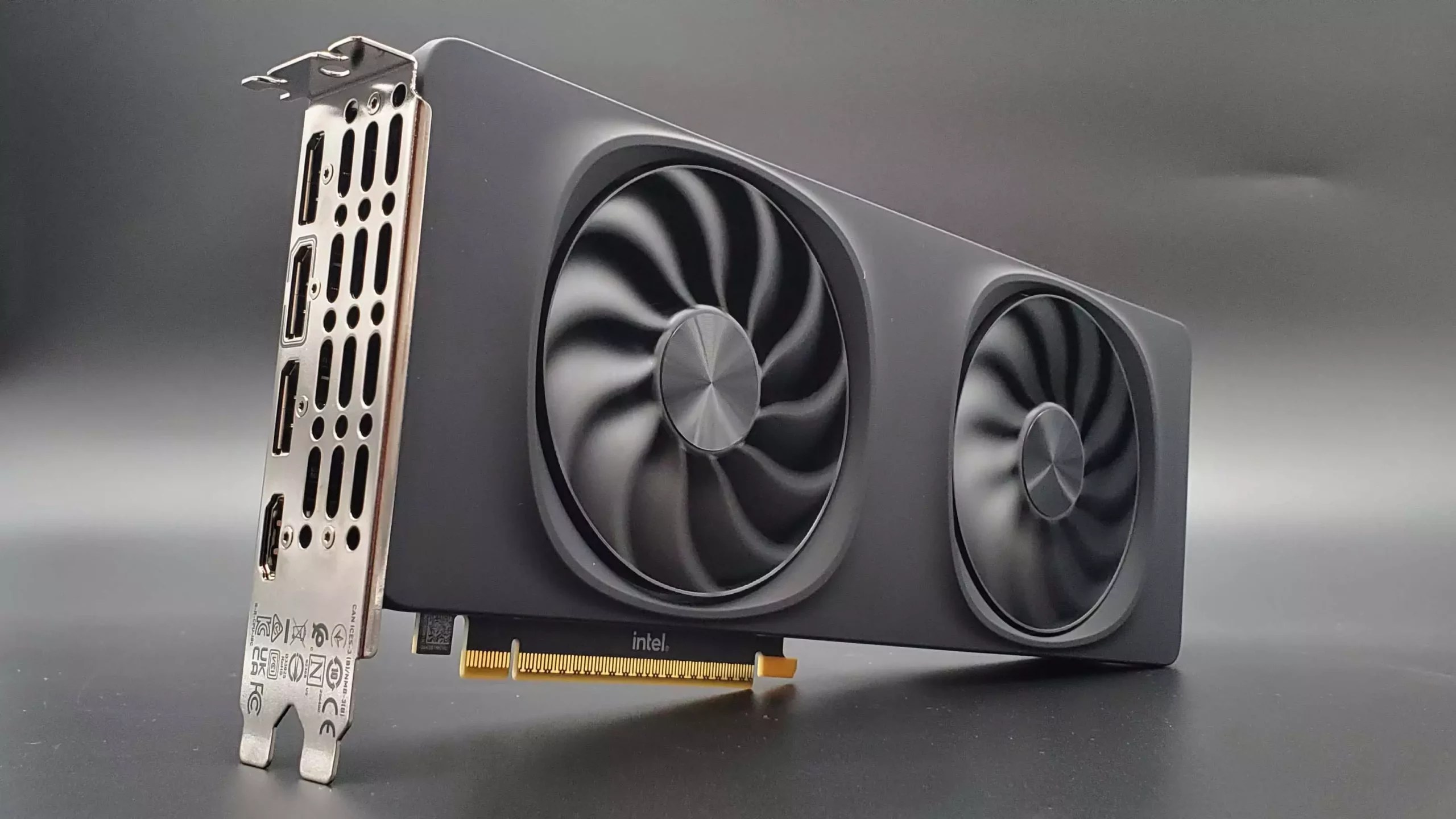In the dynamic arena of gaming graphics, speculation has recently erupted regarding Intel’s next significant step: the G31 graphics processing unit (GPU). An elusive entry spotted on shipping manifests has rekindled excitement among gaming enthusiasts and industry experts alike. The question on everyone’s mind is whether this new contender could offer the much-anticipated performance-to-price ratio that gamers have been clamoring for—specifically, a GPU that delivers the performance of an RTX 5070 while being priced closer to the RTX 4060 Ti at around $400. This is no small ambition, highlighting the rapidly evolving landscape of gaming technology.
After the release of Intel’s Arc B580 and B570 GPUs, anticipation has built around the G31, which is rumored to be a substantial upgrade. The BMG-G31 chip is expected to feature 32 execution units (EUs), a significant leap from the 20 EUs found in the existing B580 model. An increase of 50% in raw performance could position the G31 competitively against its rivals from Nvidia and AMD, suggesting a transformative experience for budget-conscious gamers.
A Double-Edged Sword: Hopes and Skepticism
However, cautious optimism is warranted. The excitement surrounding the G31 is tempered by rumors suggesting that Intel may have canceled its retail launch late last year. Initial hopes are fueled primarily by shipping manifests, where the G31 was labeled as an “R&D” item—a common designation for pre-release technology. Even if this designation could align with a potential retail offering, the tech community is rife with skepticism due to the unclear timelines involved.
As Nvidia and AMD continue to make strides in their own GPU lineups, the pressure on Intel becomes palpable. If the G31 is to make a meaningful impact, it must navigate a daunting timeline, requiring a launch window that might align with or even precede competitors’ forthcoming releases. If Intel dawdles, we could witness a scenario where enthusiasts have begun focusing on Nvidia’s RTX 5070 and AMD’s RX 9070 without ever giving Intel a second thought.
The Price Point Dilemma
Intel has gained traction in the market with its aggressive pricing strategy, embodied in the affordable yet capable B580 and B570 lines. A G31 GPU priced effectively around $400 could not only disrupt the $500+ market tier but could potentially change the conversation on value-performance ratios in gaming peripherals. The prevailing expectation, buoyed by the performance of current models, is that an Intel G31 card could deliver significant value without the premium price typically associated with high-end gaming GPUs.
Integrating features like ray tracing and leveraging Intel’s XeSS upscaling technology, expectations from the G31 are high. The promise of solid ray tracing performance could provide a compelling reason for gamers to consider Intel’s offering seriously, especially if they are hesitant to invest heavily in the pricier compositions of Nvidia or AMD.
Technology’s Never-Ending Race
As promising as this may seem, it’s crucial to understand that the competition in the gaming graphics market is akin to a high-stakes race. The tech giants are locked in a perpetual battle to innovate, refine, and release ever-more competitive products. If Intel wishes to make a dent in this market with the G31, it needs to capitalize on a window of opportunity before competitors unveil more potent options.
While the end-user benefits from such rivalry, manufacturers must remain vigilant. In tech, a year is an eternity, and with each passing moment, competitors gain ground and rethink their strategies, thereby altering the landscape that Intel wishes to penetrate. This environment casts a long shadow over the G31’s prospects, raising the stakes not just for Intel, but for all involved.
The G31’s potential spark plate is ignited with hope, yet grounded in considerable uncertainty. The balance between expectation and skepticism hangs delicately in the air, with gamers eagerly awaiting a sign that innovation is both alive and vibrantly competitive. The tech community watches closely, fingers crossed for Intel’s triumphant entry into the market with a product capable of revolutionizing gaming graphics.


Leave a Reply